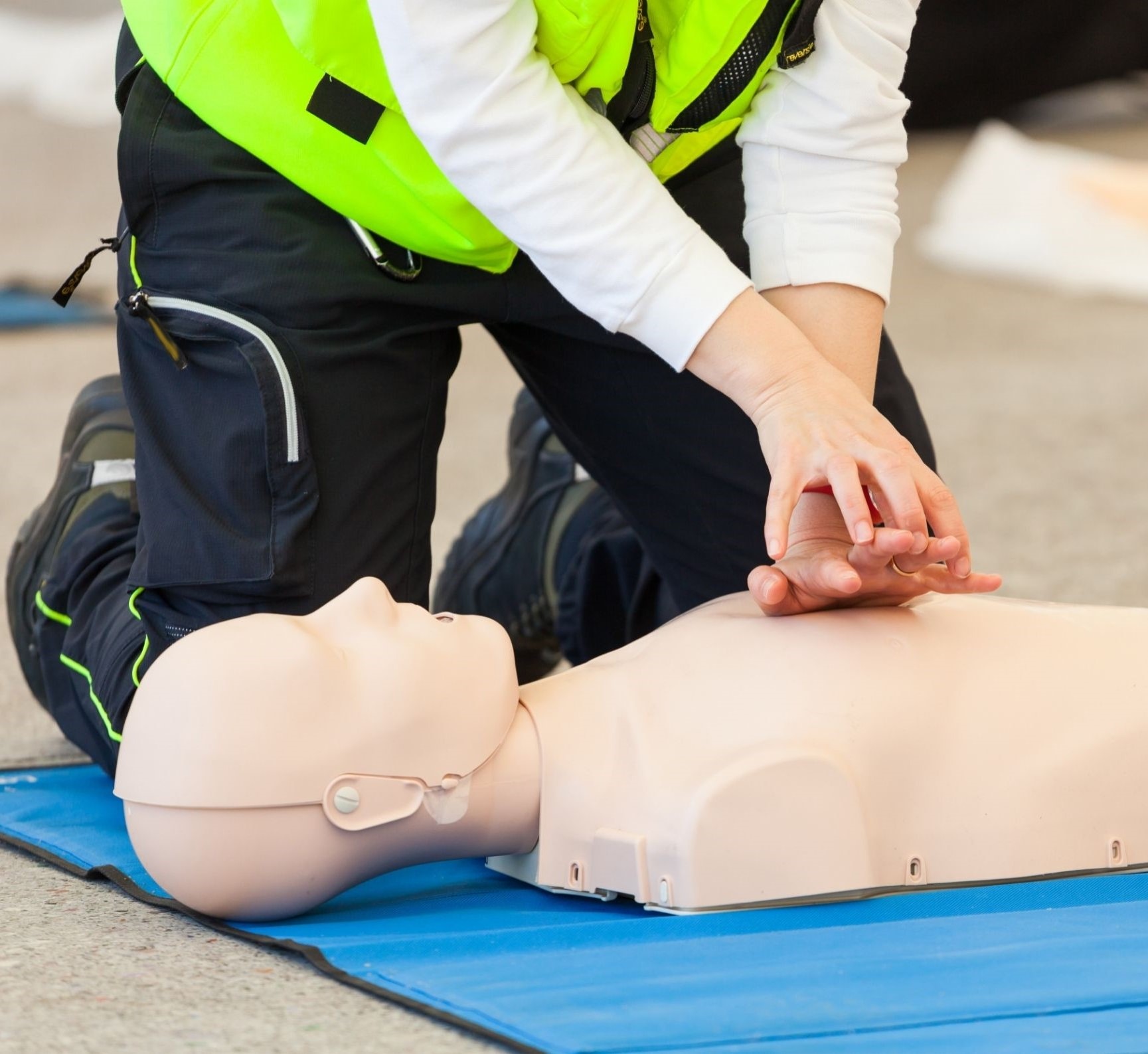Introduction
In today's busy work environment, security is vital. Organizations are increasingly acknowledging the importance of producing a risk-free room for staff members. Among the most important elements of work environment safety training is very first help and CPR (Cardiopulmonary Resuscitation) programs. These training courses not only empower workers with essential life-saving abilities but also foster a culture of security within the company. In this short article, we will delve into the myriad reasons that work environment safety and security training must include first aid and mouth-to-mouth resuscitation courses, highlighting their relevance in improving workplace safety.
Why Work environment Safety and security Training Ought To Include First Aid and Mouth-to-mouth Resuscitation Courses
The combination of emergency treatment and CPR training courses into work environment safety training has far-ranging advantages. They furnish staff members with the expertise and skills necessary to react successfully to medical emergency situations, reduce healing time for injured people, and potentially save lives. Additionally, having educated personnel on-site can infuse self-confidence among workers and reassure them that their wellness is prioritized.

Understanding Very first Aid
First aid refers to the immediate treatment supplied to a specific struggling with a small or severe ailment or injury up until expert clinical help gets here. Comprehending fundamental first aid concepts can make a considerable distinction in emergency situation situations.

Key Elements of First Aid
Assessment: The ability to evaluate a circumstance promptly can assist identify the appropriate actions needed. Stabilization: Understanding exactly how to maintain a hurt individual protects against more harm. Communication: Properly communicating with emergency situation services is crucial for prompt assistance.The Significance of CPR
CPR is a life-saving technique made use of in emergencies when somebody's heartbeat or breathing has quit. It entails breast compressions and rescue breaths to maintain blood circulation and oxygenation till expert assistance arrives.
How CPR Works
- Chest Compressions: These assist flow blood throughout the body. Rescue Breaths: These provide oxygen to the lungs.
Benefits of First Aid and Mouth-to-mouth Resuscitation Certification
Obtaining an emergency treatment certificate or completing CPR programs comes with numerous benefits, both for people and organizations.
Enhanced Worker Confidence: Staff members really feel a lot more safe knowing they possess life-saving skills. Reduced Recovery Time: Quick response via emergency treatment can bring about better outcomes for damaged individuals. Compliance with Regulations: Many sectors call for qualified personnel as part of their health and wellness regulations.Creating a Culture of Safety And Security Through Training
Implementing first aid and CPR training fosters a society that prioritizes staff member wellness.
Encouraging Teamwork
Training sessions frequently include team-building workouts that improve cooperation amongst employees.
Building Trust fund Between Employees and Management
When management buys staff member training, it reveals commitment to their health, bring about boosted morale.
First Help Courses vs. CPR Courses: What's the Difference?
While both sorts of courses are necessary, they Learn CPR Brisbane focus on various skill sets.
First Help Courses
These training courses cover a large range of subjects beyond just cardiac emergencies, consisting of:
- Wound care Burns Choking
CPR Courses
CPR programs specifically concentrate on techniques connected to heart attack scenarios, highlighting:
- Adult CPR Child/ baby resuscitation Use of an Automated External Defibrillator (AED)
Choosing the Right Training Provider
Not all training service providers are created equal; therefore, selecting one that meets your organization's needs is critical.
Accreditation Matters
Ensure that your chosen carrier uses accredited training courses acknowledged by appropriate authorities.
Instructor Experience
Consider instructors' certifications; knowledgeable fitness instructors usually supply richer knowing experiences with real-world examples.
Incorporating Emergency treatment right into Office Security Policies
Organizations need to integrate emergency treatment demands right into their broader security policies for thorough coverage.
Regular Training Updates
Conducting regular correspondence course ensures that understanding continues to be current amongst employees.
Creating Emergency Feedback Plans
Having clear strategies in position can assist experienced employees throughout emergencies.
Legal Effects of First Aid Training in the Workplace
Employers have lawful duties concerning work environment safety and security; carrying out first aid training can help mitigate threats associated with non-compliance.

Negligence Claims
Failure to provide ample training might leave employers vulnerable to suits if a case takes place as a result of absence of preparedness.
FAQ Section
What is consisted of in a common first aid course?- A typical first aid course includes instruction on assessing injuries, treating injuries, handling burns, managing choking cases, and doing CPR if necessary.
- Most CPR training courses last between 4-- 6 hours depending upon whether it's standard or sophisticated training.
- While not always legitimately mandated, having licensed team member can dramatically improve workplace security standards.
- Many recognized companies use on the internet renewal alternatives for first aid certifications that include evaluations using video conferencing.
- Yes, markets such as building, health care, education, and production usually have regulative demands requiring qualified workers on site.
- It's recommended that employees participate in correspondence course every 2 years or faster if there are considerable modifications in treatments or regulations.
Conclusion
To summarize, integrating emergency treatment and mouth-to-mouth resuscitation into office safety and security training is not just an option but a necessity in today's workplace where emergencies can arise at any moment. Organizations advantage tremendously from having actually trained workers prepared to react effectively during situations while promoting an atmosphere where employee wellness takes priority over all else. As a result, it ends up being obvious why work environment safety and security training should consist of first aid and CPR training courses-- they conserve lives while advertising a proactive strategy toward health and safety standards within organizations across different sectors.
By prioritizing such essential training efforts-- first aid certifications obtained with reputable suppliers along with useful hands-on experience-- firms can considerably improve their overall emergency preparedness levels while additionally developing stronger teams capable of tackling any circumstance head-on!